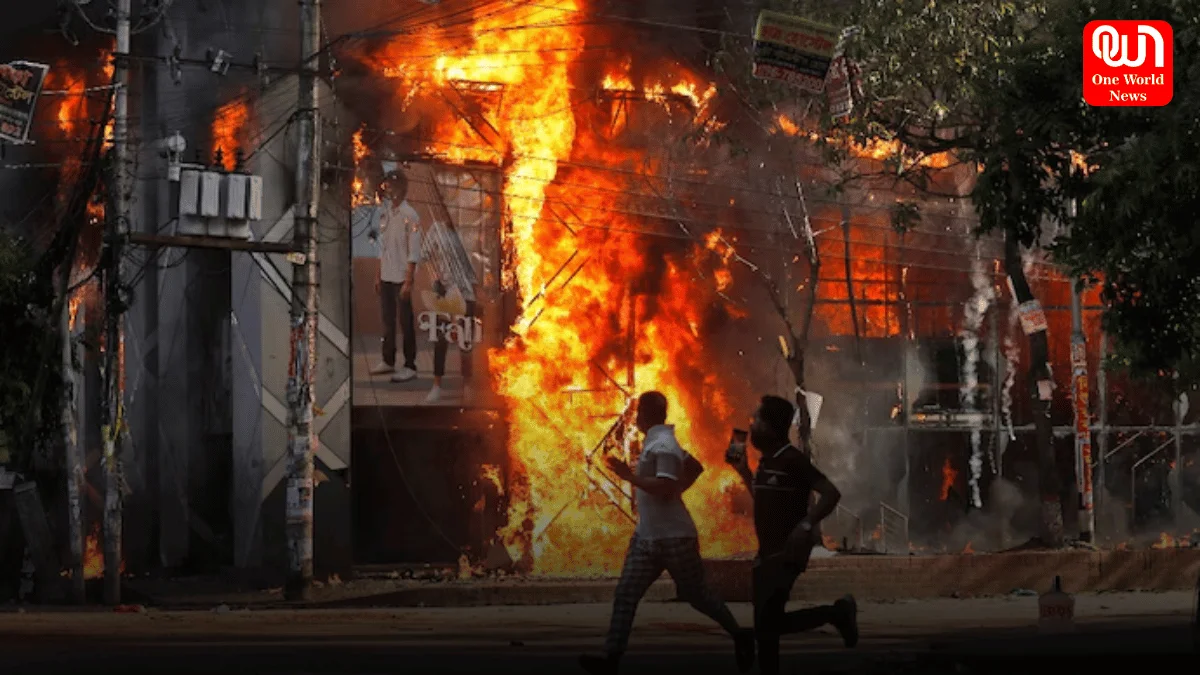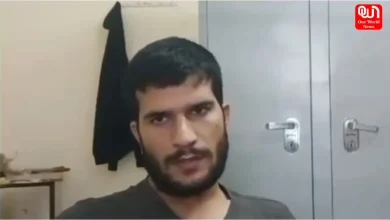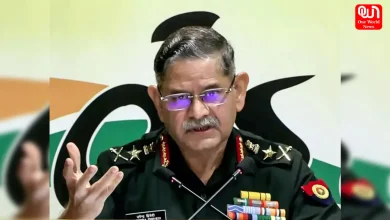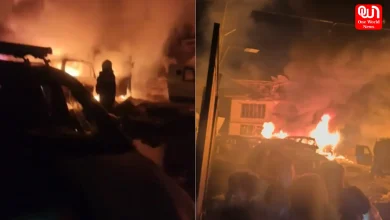Anarchy in Bangladesh : Hasina Regime Faces Unprecedented Anarchy
Anarchy in Bangladesh faces chaos as protests against PM Sheikh Hasina's regime intensify, with widespread violence, army intervention, and calls for her resignation.
Bangladesh Plunges into Chaos: Sheikh Hasina’s Government Faces Unprecedented Protests and Calls for Resignation
Bangladesh is currently engulfed in a severe state of anarchy, with the government of Prime Minister Sheikh Hasina standing on precarious ground. Violent protests have erupted across the nation, leading to a significant number of casualties and widespread destruction. The death toll has surged to at least 98, including 13 police officers, with reports of offices of the ruling Awami League being set ablaze in multiple districts. The security forces have been notably passive in confronting the violent demonstrators, further exacerbating the chaos.

Read more: Exclusive – 8 New High-Speed National Highway Corridors Approved!
The violent upheaval began as an anti-quota agitation on July 19 and has since evolved into a broader movement calling for the resignation of Prime Minister Hasina. The widespread discontent has led to brutal attacks on Awami League leaders, with six members being killed in Narsingdi city. The unrest has prompted the government to impose an indefinite curfew and partially shut down internet services, including 4G networks, in an attempt to quell the turmoil.
Read more: Latest – Yogi Aditynath meets in Ayodhya to meet Rape Case Victim
The military’s stance during this crisis has been a pivotal factor. The Bangladesh Army, while not explicitly supporting the protesters, has made statements emphasizing their alignment with the people. Army Chief Waker-uz-Zaman reiterated that the army is a symbol of the people’s trust and has always stood by them. This position has fueled speculation about a possible military intervention should Prime Minister Hasina’s government collapse.
Former military officials, including ex-Army Chief General Ikbal Karim Bhuiyan, have shown solidarity with the protesters, adding to the pressure on the Hasina regime. The situation draws parallels to the events of 1971, with political analysts suggesting that Hasina’s actions may have provoked a similar outcome to the historical turmoil.
The violence and unrest have reached such intensity that the official death toll is estimated at around 250, though unofficial sources claim the number could be between 1,000 and 1,400. The protests have caused major financial harm, as some clothing, fabric, and plastic plants were burned during the fighting.
As the situation develops, more people are becoming upset with India, which is thought to support the government led by Hasina. These protests are the biggest challenge to Hasina’s rule since she took power in 2009. Even though the government has tried to meet some of the protesters’ requests, like lowering the number of government jobs reserved for certain groups, the protests keep going strong. This is because people strongly want the government to be more responsible and fair.
In this unstable situation, there is a strong possibility that the military could take control of the government, with many believing that Prime Minister Hasina might soon lose her power. Her efforts to calm the situation have not worked so far, and most people are very angry and disappointed with her leadership.
Like this post?
Register at One World News to never miss out on videos, celeb interviews, and best reads.








